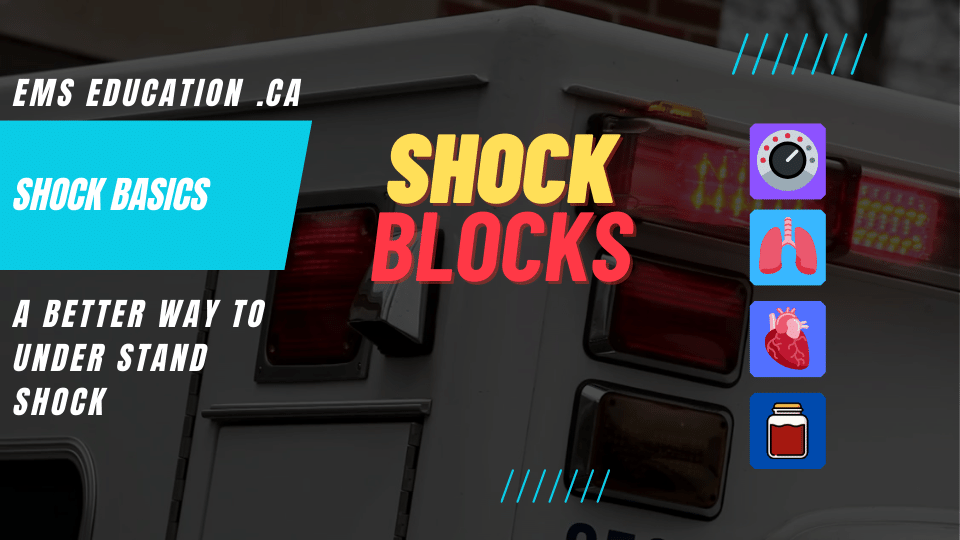Hypovolemia, characterized by a critical reduction in blood volume within the body, is a severe medical condition that can arise from various causes such as hemorrhage, dehydration, or excessive fluid loss. This decrease in blood volume disrupts the body’s ability to adequately perfuse vital organs and tissues, leading to systemic hypoperfusion and potentially life-threatening complications. Understanding the etiology and clinical manifestations of hypovolemia is crucial for timely recognition and appropriate management to prevent further deterioration in the patient’s condition.
Hypovolemic shock is a severe form of hypovolemia characterized by inadequate tissue perfusion due to decreased intravascular volume. There are two main types of hypovolemic shock: hemorrhagic shock and non-hemorrhagic shock. Hemorrhagic shock occurs as a result of acute blood loss, often from trauma or injury, leading to a rapid decrease in circulating blood volume. Non-hemorrhagic shock, on the other hand, can result from conditions such as severe dehydration, burns, or gastrointestinal losses, where there is a significant loss of fluid volume without overt bleeding. Recognizing the signs and symptoms of hypovolemic shock is essential for prompt intervention and initiation of appropriate treatment to restore intravascular volume and optimize tissue perfusion.
II. Physiopathology and Anatomy of Hypovolemia: Physiopathologically, hypovolemia disrupts the delicate balance between blood volume and vascular tone, leading to systemic hypoperfusion and tissue hypoxia. In hemorrhagic shock, acute blood loss leads to a rapid decrease in intravascular volume, triggering compensatory mechanisms such as tachycardia and peripheral vasoconstriction to maintain blood pressure. However, these compensatory responses may eventually become inadequate, resulting in organ dysfunction and cellular hypoxia. Non-hemorrhagic shock, characterized by fluid loss without overt bleeding, similarly impairs tissue perfusion and oxygen delivery, leading to cellular hypoxia and metabolic acidosis.
Hemorrhagic Shock:
Hemorrhagic shock occurs as a result of acute blood loss, often stemming from traumatic injuries like wounds, fractures, or internal bleeding. This sudden loss of blood volume leads to a significant decrease in the body’s intravascular volume, triggering a cascade of physiological responses aimed at maintaining blood pressure and tissue perfusion. Tachycardia, characterized by an elevated heart rate, is one of the earliest signs of hemorrhagic shock, as the body attempts to compensate for decreased blood volume by increasing cardiac output. Additionally, hypotension, or low blood pressure, may ensue as compensatory mechanisms become overwhelmed. The skin may become cool and clammy due to peripheral vasoconstriction, a response aimed at redirecting blood flow to vital organs to sustain their function.
Treatment for Hemorrhagic Shock: Effective management of hemorrhagic shock involves prompt intervention to control bleeding and restore intravascular volume.
Treatment options for hemorrhagic shock include:
- Hemorrhage Control:
- Direct Pressure: Applying pressure directly to the bleeding site to control hemorrhage.
- Tourniquets: Application of a tourniquet proximal to the bleeding site to restrict blood flow, if direct pressure is ineffective or impractical.
- Fluid Resuscitation:
- Intravenous Fluid Administration: Rapid infusion of crystalloid solutions such as saline or lactated Ringer’s solution to restore circulating volume and improve tissue perfusion.
- Blood Products: Transfusion of packed red blood cells, fresh frozen plasma, and platelets as indicated to replace lost blood components and optimize oxygen delivery to tissues.
- Airway Management and Oxygenation: Ensuring adequate oxygenation and ventilation through airway management techniques such as assisted ventilation or intubation, if necessary.
- Monitoring and Supportive Care: Continuous monitoring of vital signs, including blood pressure, heart rate, and oxygen saturation, along with assessing the patient’s response to treatment interventions.
Shock from Dehydration:
Shock resulting from dehydration occurs when there is a significant loss of body fluids, leading to a decrease in intravascular volume and impaired tissue perfusion. Dehydration can occur due to various factors such as vomiting, diarrhea, excessive sweating, or inadequate fluid intake. In cases of severe dehydration, the body’s compensatory mechanisms become overwhelmed, resulting in systemic hypoperfusion and shock. Signs and symptoms of dehydration-induced shock may include tachycardia, hypotension, thirst, and altered mental status. Additionally, weak or absent peripheral pulses may be observed as a consequence of decreased blood volume and impaired tissue perfusion.
Treatment Options for Dehydration-induced Shock: Effective management of dehydration-induced shock focuses on rehydrating the body and restoring intravascular volume to improve tissue perfusion. Treatment options may include:
- Fluid Replacement:
- Oral Rehydration Therapy: Administration of oral rehydration solutions containing electrolytes and glucose to replenish lost fluids and electrolytes.
- Intravenous Fluid Administration: Rapid infusion of isotonic crystalloid solutions such as saline or lactated Ringer’s solution to restore circulating volume and improve tissue perfusion.
- Addressing the Underlying Cause:
- Treating the underlying condition causing dehydration, such as addressing vomiting, diarrhea, or excessive sweating.
- Monitoring and Supportive Care:
- Continuous monitoring of vital signs, including blood pressure, heart rate, and urine output, to assess the patient’s response to fluid replacement therapy.
- Providing supportive care, including oxygen supplementation and maintaining adequate ventilation, to support organ function and optimize patient outcomes.

Shock Block is a better way to understand shock. Shock Blocks will not only help you the physiology of shock it will help you understand priorities treatment.
